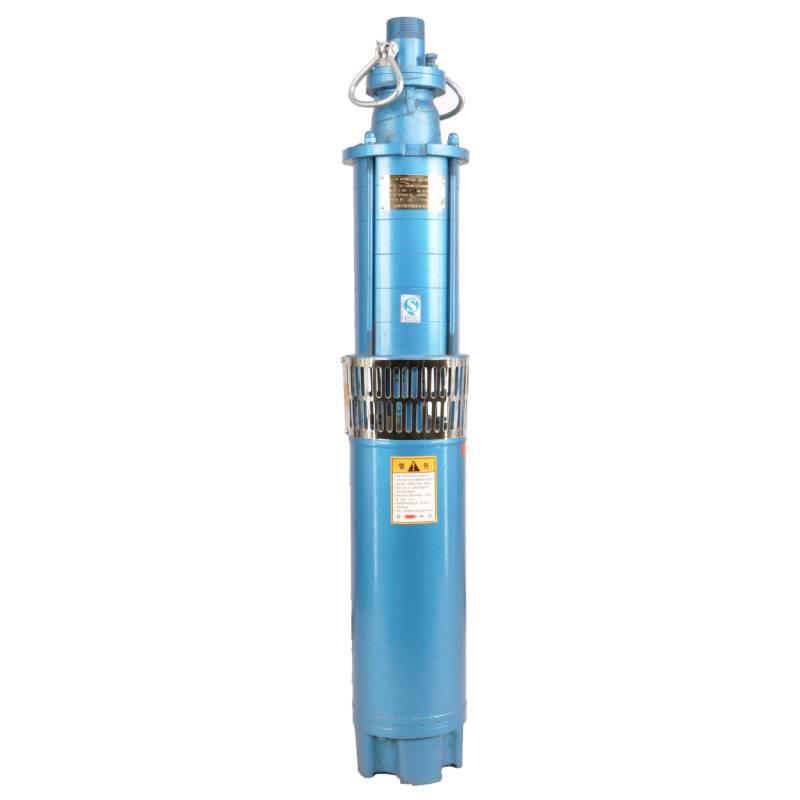Jul . 26, 2024 15:42 Back to list
Exploring the Cost of Universal Submersible Pumps for Your Pumping Needs and Applications
Universal Submersible Pump Price An Overview
Submersible pumps have become an essential tool in various industries, ranging from construction and agriculture to municipal water systems and wastewater management. Their ability to operate underwater makes them incredibly versatile and efficient for moving fluids. Among these pumps, universal submersible pumps are particularly notable due to their adaptability to numerous applications. However, one of the key considerations for businesses and consumers alike is the price of these pumps.
Understanding Submersible Pumps
Submersible pumps are designed to be entirely submerged in the fluid they are pumping. This design eliminates the need for a suction mechanism, allowing these pumps to operate more efficiently and handle a variety of liquid types, including clean water, wastewater, and even abrasive substances. Universal submersible pumps, due to their broader range of compatibility, can be used in diverse environments—from dewatering flooded areas to managing agricultural irrigation systems.
Factors Influencing Price
The price of universal submersible pumps can vary greatly based on several factors. The most significant considerations include
1. Material and Build Quality Pumps made from high-grade materials, such as stainless steel or cast iron, tend to be more expensive. These materials offer better resistance to corrosion and wear, ensuring a longer lifespan and reduced maintenance costs.
2. Pump Capacity and Power The pump's capacity—typically measured in gallons per minute (GPM)—and the power rating (measured in horsepower) significantly affect the price. High-capacity pumps designed for industrial use will generally cost more due to their robust construction and advanced technology.
universal submersible pump price

3. Technology and Features Advanced features such as automatic shut-off, float switches, and variable speed controls can also impact the cost. While these features provide added convenience and efficiency, they may increase the initial purchase price.
4. Brand and Manufacturer Reputation Well-established brands often command higher prices due to their proven reliability, customer service, and warranty coverage. Investing in a reputable brand can ultimately save money over time due to lower repair costs and improved performance.
5. Market Demand Seasonal demand fluctuations can also influence pricing. For instance, during heavy rainfall seasons, the demand for submersible pumps may spike, leading to higher prices in certain regions.
Price Range of Universal Submersible Pumps
Typically, the price range for universal submersible pumps can vary widely—starting from as low as $100 for smaller, less powerful models to over $1,500 for heavy-duty, high-capacity versions. In general, consumers should expect to pay around $300 to $700 for a reliable universal submersible pump that suits typical residential or small commercial applications.
Conclusion
When considering a universal submersible pump, potential buyers should take the time to evaluate their specific needs and budget constraints. Although the initial price is an important factor, it is equally vital to consider the long-term value and reliability of the pump. By understanding the key factors that influence price, individuals and businesses can make informed decisions and choose the right pump that meets their operational requirements without breaking the bank. In this way, investing in a quality universal submersible pump can lead to enhanced efficiency, productivity, and peace of mind.
-
Submersible Water Pump: The Efficient 'Power Pioneer' of the Underwater World
NewsJul.01,2025
-
Submersible Pond Pump: The Hidden Guardian of Water Landscape Ecology
NewsJul.01,2025
-
Stainless Well Pump: A Reliable and Durable Pumping Main Force
NewsJul.01,2025
-
Stainless Steel Submersible Pump: An Efficient and Versatile Tool for Underwater Operations
NewsJul.01,2025
-
Deep Well Submersible Pump: An Efficient 'Sucker' of Groundwater Sources
NewsJul.01,2025
-
Deep Water Well Pump: An Efficient 'Sucker' of Groundwater Sources
NewsJul.01,2025
-
 Submersible Water Pump: The Efficient 'Power Pioneer' of the Underwater WorldIn the field of hydraulic equipment, the Submersible Water Pump has become the core equipment for underwater operations and water resource transportation due to its unique design and excellent performance.Detail
Submersible Water Pump: The Efficient 'Power Pioneer' of the Underwater WorldIn the field of hydraulic equipment, the Submersible Water Pump has become the core equipment for underwater operations and water resource transportation due to its unique design and excellent performance.Detail -
 Submersible Pond Pump: The Hidden Guardian of Water Landscape EcologyIn courtyard landscapes, ecological ponds, and even small-scale water conservancy projects, there is a silent yet indispensable equipment - the Submersible Pond Pump.Detail
Submersible Pond Pump: The Hidden Guardian of Water Landscape EcologyIn courtyard landscapes, ecological ponds, and even small-scale water conservancy projects, there is a silent yet indispensable equipment - the Submersible Pond Pump.Detail -
 Stainless Well Pump: A Reliable and Durable Pumping Main ForceIn the field of water resource transportation, Stainless Well Pump has become the core equipment for various pumping scenarios with its excellent performance and reliable quality.Detail
Stainless Well Pump: A Reliable and Durable Pumping Main ForceIn the field of water resource transportation, Stainless Well Pump has become the core equipment for various pumping scenarios with its excellent performance and reliable quality.Detail
